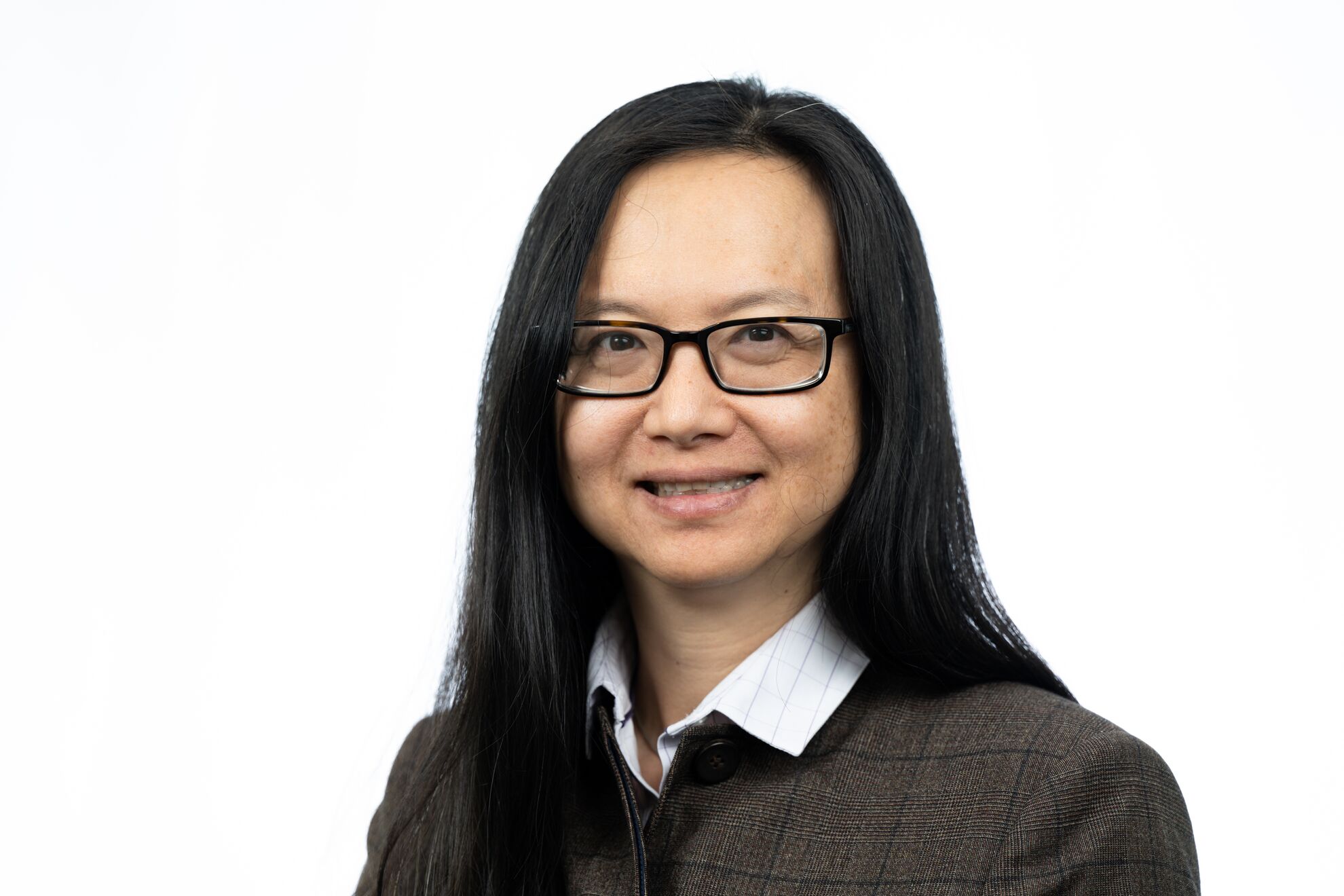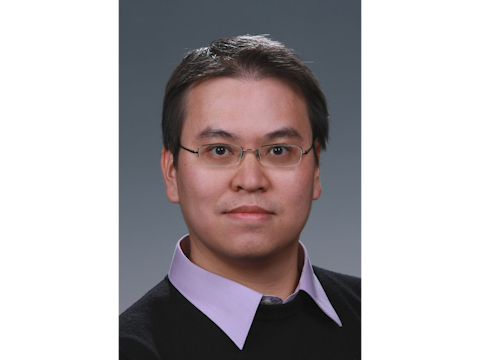RICHLAND, Wash.-Researchers at the Department of Energy's Pacific Northwest National Laboratory have been awarded more than 3 million node hours on the nation's most powerful computers to explore questions around pathogens, climate and energy-efficient microelectronics.
Access to the nation's supercomputers, granted to Margaret Cheung, Daniel Mejia Rodriguez and Po-Lun Ma, is a coveted prize among scientists. The node hours represent an investment of several million dollars in computing time awarded to PNNL scientists to explore important science questions.
The awards are among 44 projects awarded through DOE's 2024-2025 ASCR Leadership Computing Challenge from DOE's Advanced Scientific Computing Research program. The program grants computational time at the Argonne Leadership Computing Facility, the Oak Ridge Leadership Computing Facility and the National Energy Research Scientific Computing Center.
The clash between pathogens and hosts

Margaret Cheung is using 1 million node hours of computing time to study how viruses infect algae-a process that offers clues for preparing for possible future pandemics. The virus-algae system is a window into the broader tug-of-war that happens constantly between pathogen and host. One only needs to hear about the latest strain of COVID to know that viruses mutate constantly, marking ever-changing targets. Cheung will use the resources of DOE's most advanced computers, including the world's fastest computer, Frontier at OLCF, as well as resources at ALCF and NERSC, to tease out the secrets of the pathogen vs. host battleground.
Cheung's work is part of a program at PNNL known as predictive phenomics, a major effort where scientists make basic changes to molecular interactions and then monitor how those modifications change the organism. For several decades, scientists have known that an organism's genes-its DNA-are extremely important. It's turning out that there are many other more subtle biological processes that play a huge role in biology. Cheung's exploration of such events in interactions between viruses and algae could provide a road map for understanding those same processes in people. The project has been supported by PNNL as well as DOE's Biopreparedness Research Virtual Environment (BRaVE) initiative.
"We want to know exactly what's happening between the pathogen and host-not just what's happening but exactly when and where and how," said Cheung. "This involves a great deal of fundamental physics and chemistry, even in algae and simple viruses."
Aerosols and climate

Earth scientist Po-Lun Ma is focusing on better representing atmospheric aerosols in climate models. Aerosols-tiny particles that come naturally from sources like wildfires or sea spray as well as sources like pollution-are among the greatest sources of uncertainty in climate simulations. Scientists believe that aerosols can either cool or warm the planet, depending on circumstances. Ma leads a study known as EAGLES that has continually chipped away at the uncertainty, discovering important details about interactions between clouds and Earth's atmosphere.
This marks the fourth time Ma has received the award-the three previous awards were also granted for EAGLES work. This year, the project was awarded 1.6 million node hours of computer time on Frontier.
"We're proud of our work, but we're not yet satisfied," said Ma. "We get to help uncover important details that few others on the planet can, details that are key for making informed decisions about the climate-related challenges faced by nations and societies around the world."
Spintronics and electronic efficiency
Computational scientist Daniel Mejia Rodriguez is working on making digital electronics more efficient. Currently, electronic processes consume an unsustainable amount of energy per operation. As a result, future technologies with drastically lower power consumption are necessary. One promising approach involves controlling electron spin with what are called spintronic devices. But the success of this approach relies on a better understanding of what's happening on the molecular level. To fill that knowledge gap, a team led by Mejia Rodriguez is combining physics-based, molecular modeling techniques with modern machine learning.
The team's inventive approach recently earned them more than 450,000 node hours on Frontier and ALCF's Aurora, DOE's most advanced exascale computing frameworks. The team will use this time to study the electronic structure of several metal-based materials that hold promise for spintronic and quantum spin devices. Specialists at the University of Florida will then feed this information to generate a machine-learning algorithm to further refine the predictions.
"The availability of ExaChem, PNNL's own exascale-ready computational chemistry code, will allow us to assess the adequacy of high-level computational chemistry methods to model the next generation of microelectronic devices," Mejia Rodriguez said. "By supplementing these methods with powerful machine-learning techniques, it will be possible to advance the exploration of magnetic materials that could be used in spintronics and quantum information sciences."






